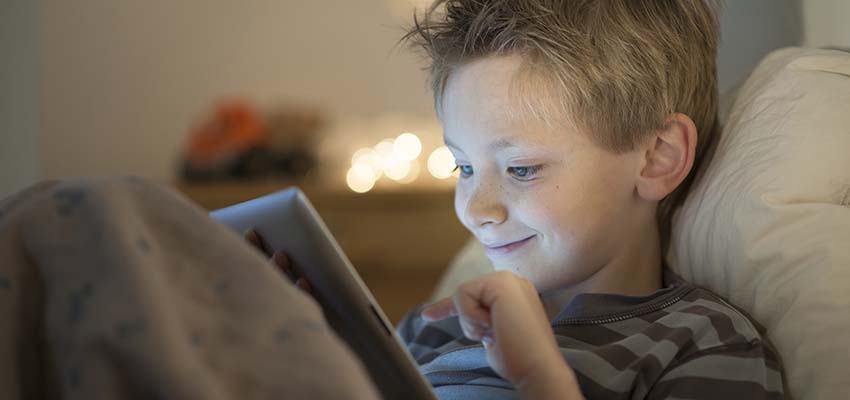Animated Elearning: A Boon or A Bane?

Animation is everywhere and multi billion dollar companies like Disney and Pixar are profiting from it. Seven of the 10 films released solely under the Disney banner were in the top eight highest-grossing movies of the year. Movies, advertisements, and now education, all have elements of animation incorporated in their products and offerings. While this goes to show that there is no way to avoid animation in today's world, it is important to understand the pros and cons before jumping to any conclusions and assuming that animations are beneficial across all areas.
Considering the obsession with animation, without doubt it has become the latest trend in education as well. Even before the stay-at-home era began, thanks to the COVID19 pandemic, elearning was one of the biggest businesses in the world with the global education technology market to reach $341B by 2025. Ever since schools have been closed, elearning has exploded more than ever. As school systems struggle with extended closures, the market has been flooded with a variety of scattered elearning services and resources to choose from. While this might seem sufficient and adequate, it is important to know, understand and rule out the solutions that might not be good for your children. This is possible by researching, evaluating, and comparing what these different elearning services have to offer.
While animation has been an essential part of almost all elearning solutions where it is touted as making education fun for children, latest research has demonstrated the negative impact of animation on young children's reading and comprehension. Dr. John Hutton, a researcher and pediatrician at Cincinnati Children's Hospital with a special interest in "emergent literacy," conducted a study involving twenty seven children in and around the age of four. This study was conducted to get valuable insight into what happens inside young children's brains when three different formats of digital stories are presented to them—audio only (audio book), audio with static illustration (picture book), and a dynamic animated video (cartoon). Each of these children were placed inside an FMRI machine and were presented with stories in these three conditions where the machine scanned for activation within certain brain networks, and connectivity between the networks.
What the researchers concluded was quite contrary to common belief. It was found that the audio only version is "too cold," children were straining to understand what was being said as they did not have any visual context or imagery to support the words. In contrast, the dynamic animated video was "too hot" and comprehension was the worst with the brain working too hard just figuring out what was going on. In this case the animation was doing all the work for the child and was actually causing more harm. The ideal condition was when the children were exposed to the picture books with audio or the illustration condition which Dr. Hutton termed a "just right." Instead of only paying attention to the words, the images and illustrations acted as clues to scaffold the children's understanding of the story.
Hence, exposing 3 to 5 year olds, beginner and early readers to too much animation will actually harm their brain development. Children need to practice reading and forming mental pictures based on the words that they read, develop images and bring them to life in their minds from their own imagination. Without enough practice of "just right" reading content, children can be overwhelmed by the demands of processing language and could result in becoming "reluctant readers" whose brain is not adept in getting the most out of a book. The visual centre of the young children's minds needs to be pushed and the best way to do so is by encouraging them to hear stories along with some form of static illustrations that help with context clues.
In conclusion, animation, for elearning and reading comprehension at a young age, is actually detrimental for children and could set them up to be "reluctant" or "struggling" readers in subsequent grades. Strong reading skills form the basis of all future learning and academic success. It is best for parents to keep their children away from animation when they are beginning to learn to read, are struggling or reluctant readers, and are yet to gain reading proficiency. Parents need to find tools and elearning solutions that incorporate the "just right" methodology consisting of audio narration with supporting illustrations and images.
▁▁▁▁▁▁▁

